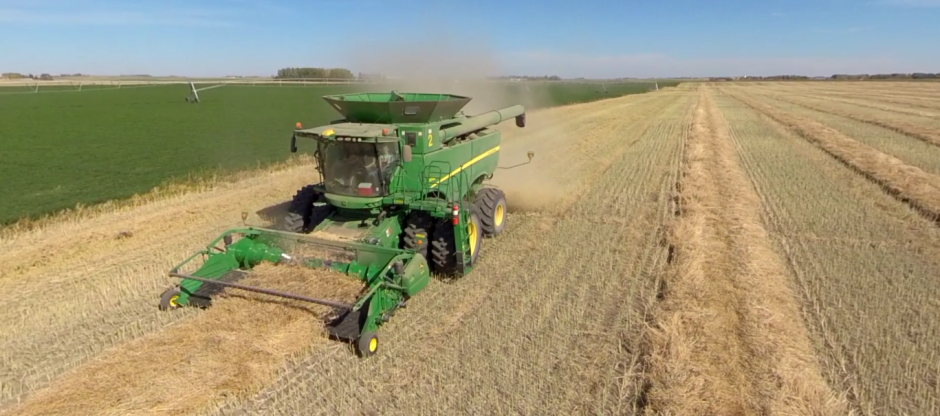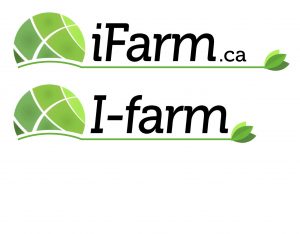See data on value of crop production and crop cash receipts. Chart data Download higher resolution chart (2085 pixels by 1667 pixels, 300 dpi) Animal and Animal Product Receipts Forecast Lower in 2015
Animal and animal product cash receipts increased by 43.8 percent in real terms from 2005 to 2014, but in 2015 are expected to fall 12 percent in 2015 (to $186.8 billion) in nominal terms. Much of the decline is due to falling dairy and hog receipts, but broilers and cattle/calves are implicated as well. After reaching a record high of $49.3 billion in 2014, milk receipts are expected to drop 28.2 percent in 2015 as declining prices more than offset an expected increase in milk production. Hog production is expected to rise in 2015 as the industry recovers from the porcine epidemic virus. However, hog prices are expected to drop sharply relative to 2014 and result in a 25-percent decline in hog cash receipts. Cash receipts from cattle production are also expected to decline by 4.9 percent in 2015 due to an expected drop in both price received and quantity marketed. The decline has primarily been driven by declining price expectations since the August data release.
Overall poultry and egg cash receipts are expected to fall 2.4 percent in 2015, due primarily to falling broiler receipts. Poultry and egg receipts are expected to be broadly affected by the highly pathogenic avian influenza (HPAI or “Bird Flu”) in 2015, although impacts are mixed. Since being detected in December 2014, HPAI has claimed 48.1 million birds, with turkeys and egg laying chickens most vulnerable. Both turkey and egg laying chicken quantities are forecast to decline and place upward pressure on prices. In contrast, U.S. broiler production is expected to increase in 2015. The increase in broiler production—coupled with HPAI-related import bans on U.S. poultry by some nations—has increased supply in the U.S. market, leading broiler prices sharply lower.
See data on value of livestock production and livestock/products cash receipts. Chart data Download higher resolution chart (2085 pixels by 1667 pixels, 300 dpi) Falling Prices are Primary Driver of a Forecast Drop in Cash Receipts in 2015
Cash receipts for all commodities are expected to fall by nearly $41.5 billion in 2015. This decline largely reflects falling commodity prices, which are lower for a broad set of agricultural commodities in 2015 relative to recent years. To add perspective to the forecast change in cash receipts, the overall change for 2015 relative to 2014 can be decomposed into separate price and quantity effects for those commodities—soybeans, tobacco, peanuts, sugar beets, hay, potato, sunflower, flax, cottonseed, dry beans, barley, rapeseed, rye, canola, oats, mustard seed, safflower, sugarcane, sorghum, long-staple cotton, rice, wheat, upland cotton, and corn, hogs, broilers, milk, farm chickens, turkeys, eggs, and cattle/calves—where we forecast both prices and quantities. For these commodities, falling prices account for 96.5 percent of the decrease in receipts from 2014 to 2015. Chart data Download higher resolution chart (2085 pixels by 1667 pixels, 300 dpi) Government Farm Program Payments Forecast To Increase in 2015
U.S. government farm program payments to the farm sector are forecast to rise 10.4 percent from 2014 levels to $10.8 billion (see table on government payments). New commodity-based programs introduced as part of the 2014 farm bill and implemented for the first time in 2015—such as the Price Loss Coverage (PLC) and Agricultural Risk Coverage (ARC) programs—are now the largest source of government payments to the farm sector. ARC is a revenue-based compensation system where payments are triggered when revenues fall below the ARC guarantee for the covered commodity. Payments on corn base acres are expected to account for over 80 percent of all 2015 ARC program payments. PLC payment levels depend only on the level of covered commodity prices relative to a reference price. PLC payments in 2015 are expected to go mainly to long-grain rice, peanuts, and canola base acres. Forecast increases in marketing loan gain and loan deficiency payments relative to 2014 reflect declining peanut and upland cotton prices in 2015, while increased payments for the Milk Income Loss Contract (MILC) and Margin Protection Program reflect declining milk prices. Increases in conservation spending reflect increases in Natural Resources Conservation Service (NRCS) financial assistance.


